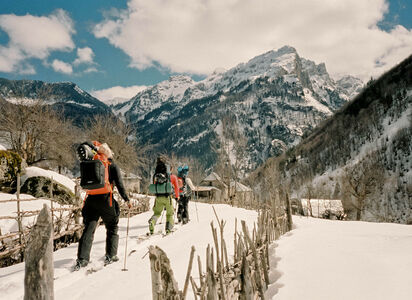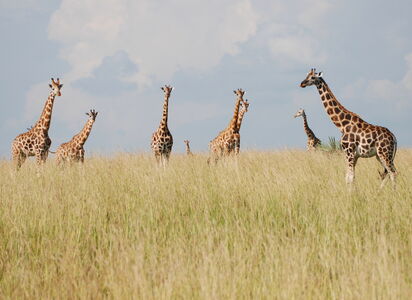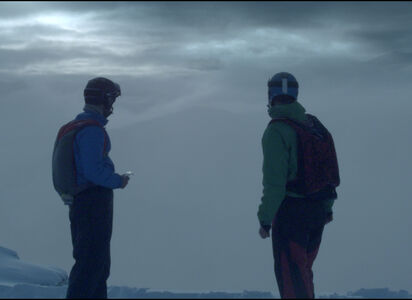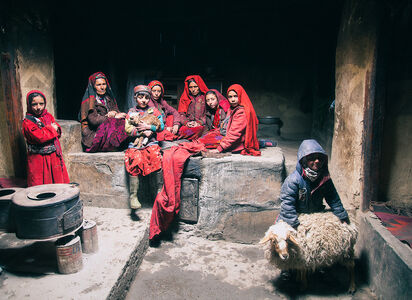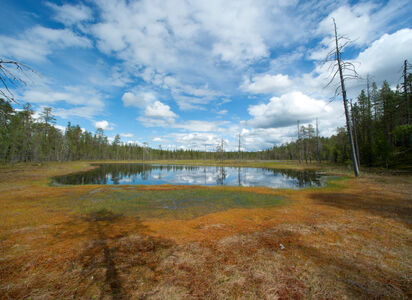Prize Winning Films 2016
Grand Prix Graz
On my expeditions I have sometimes experienced situations which projected me into the animal world, where surviving is essential. If I had not been able to do so, I would have sold my soul or given my heart for staying alive. This film is not about humans, but about mountain monkeys who succeeded in creating their own Shangri La: a protected area where peace and tranquillity reign. Those monkeys survive in the mountains, using their social network characterized by tenderness, beauty, also cruelty, but always empathy, in a natural and harmonic way. They set an example for all of us for whom “living together” is so important. This film is a little jewel. Therefore, the “Grand Prix Graz 2016” goes to the best that can be done in the field of nature and environment.
Alpine Camera Austria
This film, awarded with the “Kamera Alpin Austria”, surely has given as much pleasure to the filmmakers when shooting the film, as to the audience when watching it. Its high-standing and creative camera work communicates the features which mark this film: originality of landscape and culture, and a delicate, self-ironic joy of the unexpected in alpinism. This film is a subtle statement against the constraint to always deliver top-level performances. One does not always need eight-thousand meter peaks, extreme difficulties, blown-over high camps and frostbitten toes in order to feel oneself intensively. Sometimes, already an excessive snowfall, which does not respect either the travelling or shooting schedule, is sufficient. We congratulate the filmmakers for their journey to the Balkan, to where “the mountains are still wild”. We truly would have loved to stay with them.
Kamera Alpin in Gold
The winner film of category “Nature and Environment” shows that the choice of the protagonists alone can be a decisive part of film creation. In many nature films the portrayed animals are also the Kings of the Savanna, be it elephants or lions. Most often the common animals are only allowed to play the role of background actors or victims. This time, however, the animal background players finally get their long missed lead. No doubt, the suspicion is not unfounded that this could as well be an act of social equity – in the savanna and in the animal film.
The masterly camera technique and editing, together with some animations, result in 50 minutes of pure watching joy.
When we have to smile during this film, this is not only due to the original looks of the protagonists, but also the creative narration of the filmmakers. With good humour, yet with deep respect, they quite naturally avoid all the traps of animal film-making: over-dramatization, sequences of too powerful scenes, and the humanisation of animal behaviour.
The opening sequence of this film connects to documentaries which attempt to find an approach to the phenomenon “base jumping”. The pictures of a fall, shot with a GoPro-camera, which has often been used uninspiredly in sports films, immediately create an intimacy forcing the audience into the perspective of the jumper’s friends, and their reaction which follows the disaster. However, after this dramatic opening, a film unfolds with soft sounds, which, contrary to many sports films, does not need a dramatic background music to tell its story. The closer the two friends come to their goal, that is, to scatter the ashes of their friend into the wind on a base jump, the stronger becomes their fear and uncertainty before the jump. An approaching thunderstorm additionally jeopardizes their plan. Which will prevail? The adrenalin push before the maybe last jump or the fear of death? Shot against the impressive backdrop of Mt Katthammaren in Norway, “Last Base” is utterly convincing because it it focuses on the characters and their crucial decisions.
At first sight, “Hombi” is a classically narrated portrait film. The scenes of Ruedi Homberger’s alias “Hombi’s” life are vividly represented in short sequences, and together with the filmmaker, he visits the places where he grew up. A time travel in the double sense of the word starts. However, the more the film progresses, the stronger the feeling becomes that the director’s true intention is to reveal the dignity of this character with his camera. And this is what makes this film so special: Behind the chronologically narrated story, there is hidden a sensitive portrait of an always curious person, who does not want to accept any limits even those set by his age. In the last sequence of the film, a flight over a glacier including take-off and landing, this basic topic is captured in pictures. A feeling of curiosity and freedom spreads out, which stays with us far beyond the boundaries of this film.
The winner film of category “People and Cultures” interrelates the topics journey, mountain, nature and the cultural identity of the local people, creating a comprehensive all-embracing experience. The film makers do not narrate in a neutral and distant way, as journalists would do. They stick to their identity of mountaineers, coming as visitors who make contact and wish to interchange empathy. This resulted in an expedition film in the best sense. Camera work, sound design and editing are not noticeable at first sight, no cinematographic feature is pushed into the foreground, and therein lies their mastery. Everything is subordinated to the over-all impression, allows the freedom of individual perception and leads us on, without forcing us to follow its lead). The film accompanies us into a land and to people, whom we’ve met so far above all in the stereotypes of war reports and TV news. However, this film brings us really closer to these people. Together with them, we dream of a successful life with its little joys. And together with them, we also experience the adversities which they have to face in their lives. A documentary on top of its art.

